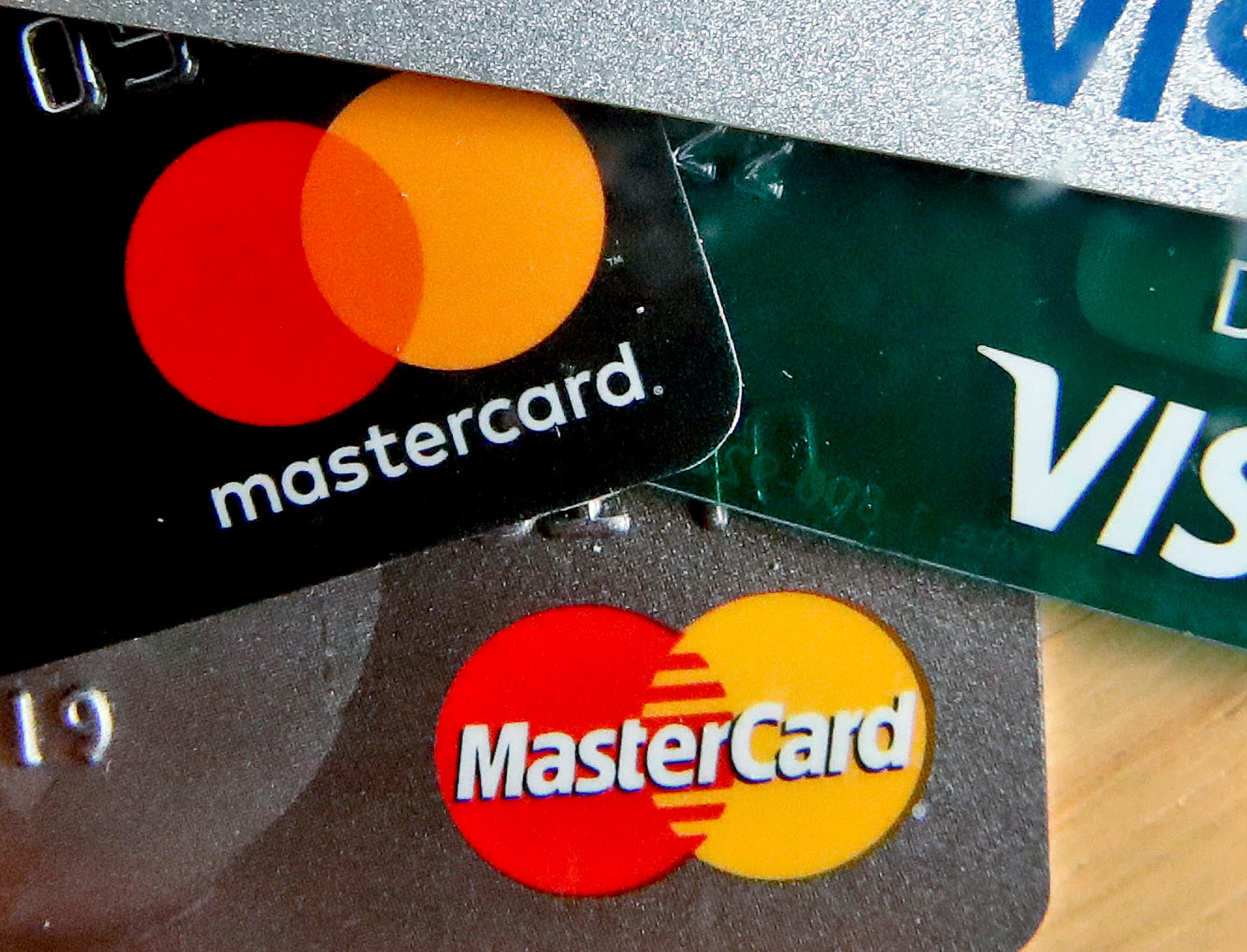LATEST FINANCIAL NEWS
How a Fed rate cut may affect loans, mortgages, savings
Paul Davidson
USA TODAY
Published 4:26 AM EDT Sep 18, 2019
The Fed is on a roll, and that’s mostly good news for American consumers.
The Federal Reserve is expected to lower its benchmark interest rate by a quarter percentage point Wednesday for the second time in the past two months. And economists are forecasting a third cut by the end of the year.
The central bank’s first rate reductions in a decade are expected to shave borrowing costs on credit cards, home equity lines, adjustable-rate mortgages and auto loans.
“It’s definitely noticeable for the consumer,” says Tendayi Kapfidze, chief economist of LendingTree. “It’s a good time to evaluate all your financial products and see if you can get a better rate.”
Yet Wednesday’s move would undo just a small portion of the Fed’s nine hikes from late 2015 through last year, says Greg McBride, chief financial analyst at Bankrate.com.
“It basically reverses the last two rate hikes of 2018 and puts us back where we were at this time last year,” McBride says.
And while falling rates aid borrowers, they’re also nudging down bank savings rates that had just started providing decent yields after years of minuscule returns, frustrating seniors and others on fixed incomes.
A look at how a Fed cut, which would trim its benchmark rate to a range of 1.75% to 2%, could affect these products:
Lower rates: Another cut? Fed looks ready to lower interest rates again with the economy facing risks
Credit cards
Credit card rates are generally tied to the prime rate, which in turn is affected by the Fed’s benchmark rate. While the rate will eventually drop by a quarter percentage point, it might not happen as quickly as rates increased. That’s because card issuers often have language in their agreements that allows them to use the highest prime rate in effect during the preceding 60-day period, McBride says.
A quarter-point cut on a $5,000 credit card balance would lower the minimum payment by just $1 a month, far from offsetting the $9 in increases already enacted.
Home equity lines
Most home equity lines of credit, or HELOCs, also track the prime rate. The rate decrease should show up within 30 to 60 days. But it will reverse just one of the Fed’s nine previous rate hikes since late 2015, so your rate is still likely to be two percentage points higher than it had been a few years ago.
A quarter-point reduction on a $30,000 home equity line of credit would shave the monthly payment by $6.25, McBride says. Two such cuts would trim the bill by $12.50. By contrast, the nine rate increases since late 2015 have lifted the same payment by $56.
“Today’s rate cut makes it slightly cheaper to carry a balance on home equity lines of credit, which may encourage consumers to use HELOCs to pay for
Adjustable-rate mortgages
Unlike credit cards and HELOCs, rates on adjustable-rate mortgages are modified annually. So the impact of the Fed’s rate cut, and any more on the horizon, may hit all at once at your next scheduled loan adjustment – which is what happened when rates were rising.
A percentage-point cut in the Fed’s key short-term rate over 12 months likely would reduce adjustable-rate mortgages by a half percentage point because that rate is also affected by other factors. It would reduce the monthly payment on a $200,000 mortgage by $56, says Kapfidze of LendingTree.
But as with auto loans, only about half of July’s quarter-point rate cut was passed through to adjustable mortgage rates, Kapfidze says.
Fixed-rate mortgages
The Fed’s key short-term rate affects 30-year mortgages – the most common purchase home loan – and other long-term rates only indirectly. Those rates more closely track inflation expectations and the long-term economic outlook, and have already fallen substantially in recent months as concerns about the economy and low inflation have grown. The average rate has dropped to 3.56% from 4.6% a year ago, according to Freddie Mac, though it has edged up recently on easing trade tensions and signs that inflation may be picking up.
Auto Loans
When the Fed was raising rates, the higher borrowing costs didn’t always get passed to car buyers because manufacturers offered discounted financing to encourage sales. Now that vehicle sales have slowed, automakers are competing even more vigorously with each other. As a result, some lenders will likely fully pass along Wednesday’s likely Fed rate cut to car buyers within weeks, though the average drop may not reflect the entire reduction.
The Fed’s quarter-point decrease in July, for example, pushed down the average rate on a five-year car loan to 4.62% from 4.72%, according to Bankrate. Expect a similar drop after Wednesday’s move, nudging down the monthly payment on a new $25,000 car by about $3 a month after factoring in both decreases since July.
How GM strike may affect: Can I still find the car I want? How UAW’s GM strike will affect availability of vehicles
Student loans
Many private student loans come with variable interest rates that follow the prime rate. When the loan rate adjusts depends on what’s written in your loan terms. For instance, your monthly payment will decrease for those on a regular payback schedule. But if you’re on an income-repayment plan, your monthly payment won’t change, but a lower portion will go toward interest rather than principal.
Federal student loans have a fixed interest rate set by Congress and are not affected by the Fed’s move.
Bank savings rates
Bank customers who finally have started to benefit from higher savings rates could see some of those gains curtailed going forward. Rates on one-year and longer-term certificates of deposits began edging down in anticipation of the Fed’s July rate decrease, says Ken Tumin, founder of DepositAccounts.com.
Banks move quickly on such longer-term accounts because they don’t want to get stuck paying higher returns for extended periods when rates are falling, McBride says.
Meanwhile, online banks, which have been paying much higher rates on money market and savings accounts, likely would lower their rates within a month or two of any Fed rate cut as their profit margins narrow. A study Tumin conducted during Fed rate decreases in 2007 found banks initially lower savings rates by about half the size of the Fed’s cut and then catch up to match the central bank’s move within several months.
Marcus, the retail arm of Goldman Sachs, has trimmed its savings account rate to 2% from 2.25% before the Fed cut, and Ally has shaved its yield to 1.9% from 2.2%. Online banks on average are now offering rates of 2.1% to 2.25%, down from 2.25% to 2.5% before the Fed move, McBride says.
Expect a similar drop after Wednesday’s cut, assuming the Fed leaves the door open to another move later this year, as economists expect.
A review of new iPhone: iPhone 11: Great camera, long battery, but not a must-buy









